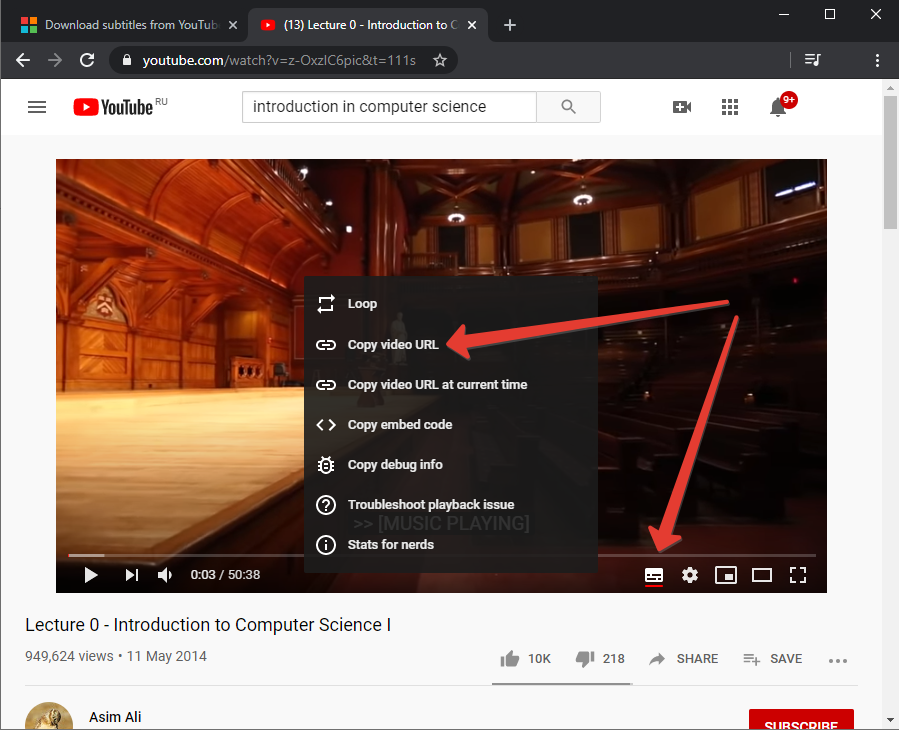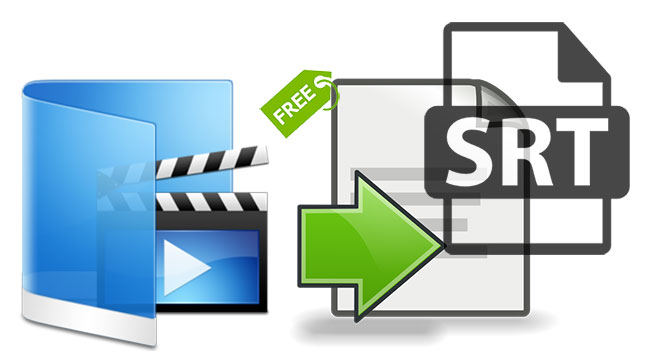

Now, we have to set the output location for the new video file that we're creating. Choose a destination for the stream output file Click "Next" on the bottom right after confirming your selection. Next, you'll be taken to a window where you have to confirm the video source. Once that's done, click on the "Stream" button below. Add the subtitles you want to "burn" into the videoĪfter adding our video with the corresponding route, you'll want to tick the option below that says, "Use a subtitle file." After that, you'll click on "Browse" and import your SRT file. You can also use the hotkey combination of CTRL+S to open up the "Stream" option directly.Īdd the video you want to hardcode the subtitles into by clicking the "Add" button and selecting the location of your video file. Move the mouse pointer over the "Media" tab and click on the "Stream." option. In case you pick the wrong subtitles, you'll have to repeat the whole procedure from the beginning. The video to which we'll be adding the subtitlesīe sure that your SRT is appropriate for your video and corresponds to the actual content.VLC Media Player (which you can download from their website for free).One that we can do ourselves with free software and one with the assistance of a professional online service. In this article, we'll take a look at how to hardcode subtitles into our videos with two methods. Once subtitles are hardcoded into a video, there's no way to edit or remove them.

There's one thing we have to be mindful of. These files are the ones that are commonly needed to overlay subtitles into our videos. Additionally, some social platforms like Instagram and TikTok don't allow you to upload SRT files to their platform. People will be able to see the subtitles no matter the setup they have. For example, hardcoded subtitles have no requirements for extra plugins and files, meaning that we can display our videos with them on any computer, phone, TV, or any other device you can think of without any restriction. There are many reasons why you would want this.


This is the reason why videos with hardcoded subtitles will always have text on top of the image. The process of hardcoding subtitles involves writing the subtitle track into the video. When a video has subtitles "burned" into it, it will look the same regardless of where you play it. Unlike other types of subtitling, which can be freely toggled on and off during playback, videos with hardcoded subtitles don't allow this type of freedom. Hardcoding subtitles into a video means that they will display during playback no matter what.


 0 kommentar(er)
0 kommentar(er)
